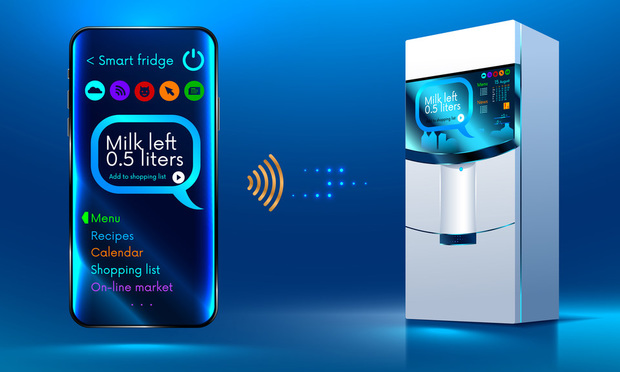The Internet of Things (IoT) is a rapidly evolving way of thinking about the internet and how the devices we use every day interact. IoT describes the developing system in which “smart” devices interact with each other through the internet to gather and exchange data to provide additional functions, security and ease-of-use for human users. While it provides significant promise as a means of creating value and convenience for consumers, it also raises thorny legal issues. This article will address issues relating to liability for damages arising out of device or system malfunctions or outside malfeasance. In a future installment, we will address contractual and other measures to manage and apportion risks and liabilities.
The internet and the devices we use to access it have evolved dramatically. Early websites operated much like brochures, providing basic information about the site owner and its products or services. Since the advent of smartphones and tablets (Apple introduced the first iPhone in 2007), the internet has evolved into a more interactive realm, allowing website owners and consumers to engage and share information. IoT is taking connectivity to a higher and even more interactive level. Some consultants define IoT as the point in time when the number of internet-connected devices exceeded the number of people. This first occurred in 2010, when the number of connected devices reached 12.5 billion as compared to the worldwide human population of 6.8 billion. CISCO recently projected that the number of connected devices will exceed 50 billion by 2020.










